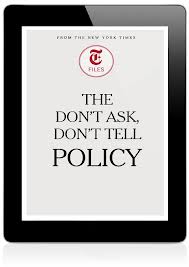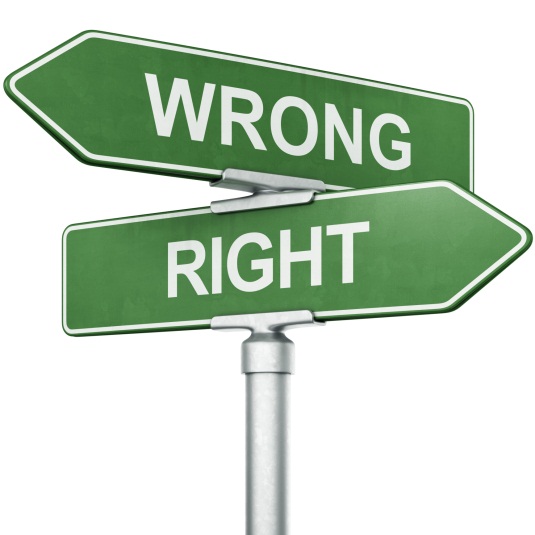Employment Issues
Disability discrimination
Disability discrimination is when an employer that is covered by the Americans with Disabilities Act or Rehabilitation Act treats a qualified candidate who has a disability differently or unfavorably due to that disability. The disability could be current or the candidate may have a history of a disability such as cancer or another disease that prohibited working in the past, but the candidate is now in remission or able to continue working. Disability discrimination also applies to those who have mental impairments as well as physical.
The law covers disability discrimination in the workplace, harassment because of disabilities and reasonable accommodation for disabilities.
The United States Employment Opportunity Commission provides detailed information about each of those categories as well as links to further information about disability discrimination. Other sources include include information on your rights as a person with disabilities, where to go if you are being discriminated against as well as other accommodations and employment options.
Blog
Top eBooks Under $5 on Discrimination in the Workplace
Kindles, iPads and other electronic reading devices have made it more convenient for you to access materials, both for leisurely purposes and for informational purposes. With eBooks, you can obtain information to not only help you succeed, but to also help with possible problems that may occur in the workplace. This list is composed of eBooks from Amazon.com to help you learn how to handle discrimination of any kind in the workplace. What is even better, is that these eBooks are all under five dollars, yet provide detailed information that is easy to follow.
*Note: Ratings are all out of five stars.
by Cathy Harris
Price: $3.58
Rating: N/A
by Cathy Harris
Price: $3.58
Rating: N/A
The Don't Ask, Don't Tell Policy
by The New York Times
Price: $2.05
Rating: N/A
Workplace Diversity: Does Not Mean Equal Opportunity, Equal Growth, and Equal Advancement
by Richard Brown
Price: $3.59
Rating: N/A
by Cathy Harris
Price: $3.50
Rating: 1
by Bikash Kalita
Price: $3.58
Rating: N/A
by Richard Campbell
Price: $3.57
Rating: 5
Baby Boomers Facing The World Age- Discrimination- Employment
by James Williams
Price: $4.11
Rating: N/A
Related Articles:
- What are eBooks?
- Top eBooks Under $5 on Resumes
- Top eBooks Under $5 on How to Find a Job
- Top eBooks Under $5 on Interviews
- Top eBooks Under $5 on Cover Letters
- Top eBooks Under $5 on Working Abroad
- Top eBooks Under $5 on Communication
- Top eBooks Under $5 on College Preparation
- Top eBooks Under $5 on Networking
- Top eBooks Under $5 on Reference Letters
- Top eBooks Under $5 on How to get a Promotion
- Top eBooks Under $5 on Volunteering
- Discrimination
- Gender Discrimination
- Age Discrimination
- Racial Discrimination
- Disability Discrimination
Employment Issues
Employment Security Commission
What is Employment Security Commission?
It is a federal and state program for the unemployed to still receive money while they are out of work and searching for more employment. It is designed to help support families and households while the unemployed candidate is searching for another job. This program does have its limits and is not meant to pay the candidate the same amount that he or she made previously, or to enable the same standard of living before the candidate lost his or her job.
What does it offer?
The basic function of the program is that it pays the unemployed while they are searching for other employment options. However it also offers other services and benefits to help enhance the knowledge of the candidates. The program wants to help and encourage employment, not support the unemployed. Other benefits include: career information, resume help, training programs and job fairs.
How does it work?
The government began collecting a payroll tax on employers under the 1935 act. States were then also encouraged to set up programs following similar and broad guidelines. Currently, all states have some form of this program. Although each state has its own form of the program, they still follow the federal rules and guidelines. Most are standard with little differences such as the name of the program may vary from state to state as well as the specific benefits that are offered.
Who can apply to recieve the benefits?
Generally, anyone who lost their job can apply. However there are conditions that must be met before the unemployed candidate receives the insurance. The candidate must be out of work for reasons other than their own. For example, he or she must have been fired or if he or she quit, the reasoning must prove that there was legitimate cause such as safety issues. Also, in order to file for unemployment, the candidate needed to have worked for his or her previous employer long enough to prove that the employer paid a sufficient amount of money for the candidate into the system. The standard time period that the a state looks into the work history is about 15 months.
How long can you use it?
The general amount of time to receive unemployment benefits is about 26 weeks. However, there is the ability to apply for an extension that goes up to about 99 weeks. The amount of time depends on the qualification of the candidate.
For more information:
or
- Visit the program that your own state offers.
Oregon
Rhode Island
South Dakota
Employment Issues
Racial discrimination
Discrimination can come in many shapes, sizes and colors. Literally. Racial discrimination in the workplace is more common than we think. Though it may not be as obvious as previous generations ago, there are still signs to look for and ways to prevent this form of discrimination.
How to identify racial discrimination:
Unless an employer or co-worker admits to the discrimination, it is often difficult to prove that it is going on. However, there are ways to identify and prevent it from happening. During interviews, it is important to listen to the types of questions that are being asked. If they pertain to the job and the candidates abilities then the interview is on the right track. However if the questions veer toward the candidates race that is a sign that the person doing the interviewing is getting off track. It may be a sign that there is discrimination especially if the candidate did not get the position. Though that example is more obvious, other examples may be more subtle and the employers may not be aware that they are discriminating against another.
What to do if you are being discriminated against:
Look into the laws both on a state and a federal level.
State laws discussing discrimination in the workplace generally coincides with the federal law. The main differences between the two are the procedures used and who is contacted to make the claim.
The federal law, Title VII of the Civil Rights Act of 1964, specifically addresses racial discrimination. In a few sentences, the law prohibits employers from:
- failing or refusing tohire an employee based on their race;
- firingordisciplining an employee because of their race;
- paying an employee less or providing them fewer benefits on account of their race;
- failing to provide benefits, promotions, or opportunities, to an employee because of their race; and
- improperly classifying or segregating employees or applicants by race.
If you feel as though any of these may be applicable to you and your situation it is important to bring it to the attention of your employer and if further action is needed, to the attention of the state in which you reside and work.
-
Blog12 years ago
Sorority Recruitment
-
Resume and CV13 years ago
Letters of recommendation / references
-
Resume and CV13 years ago
Resume or Curriculum Vitae (CV) ?
-

 Resume and CV13 years ago
Resume and CV13 years agoWhich Resume Format Should I Choose?
-
Resume and CV13 years ago
Basic rules for writing your resume
-

 Cover Letter13 years ago
Cover Letter13 years agoThe cover / motivation letter
-
Cover Letter13 years ago
Europass CV
-
Sample Resumes, Examples and Templates13 years ago
Reference Example







